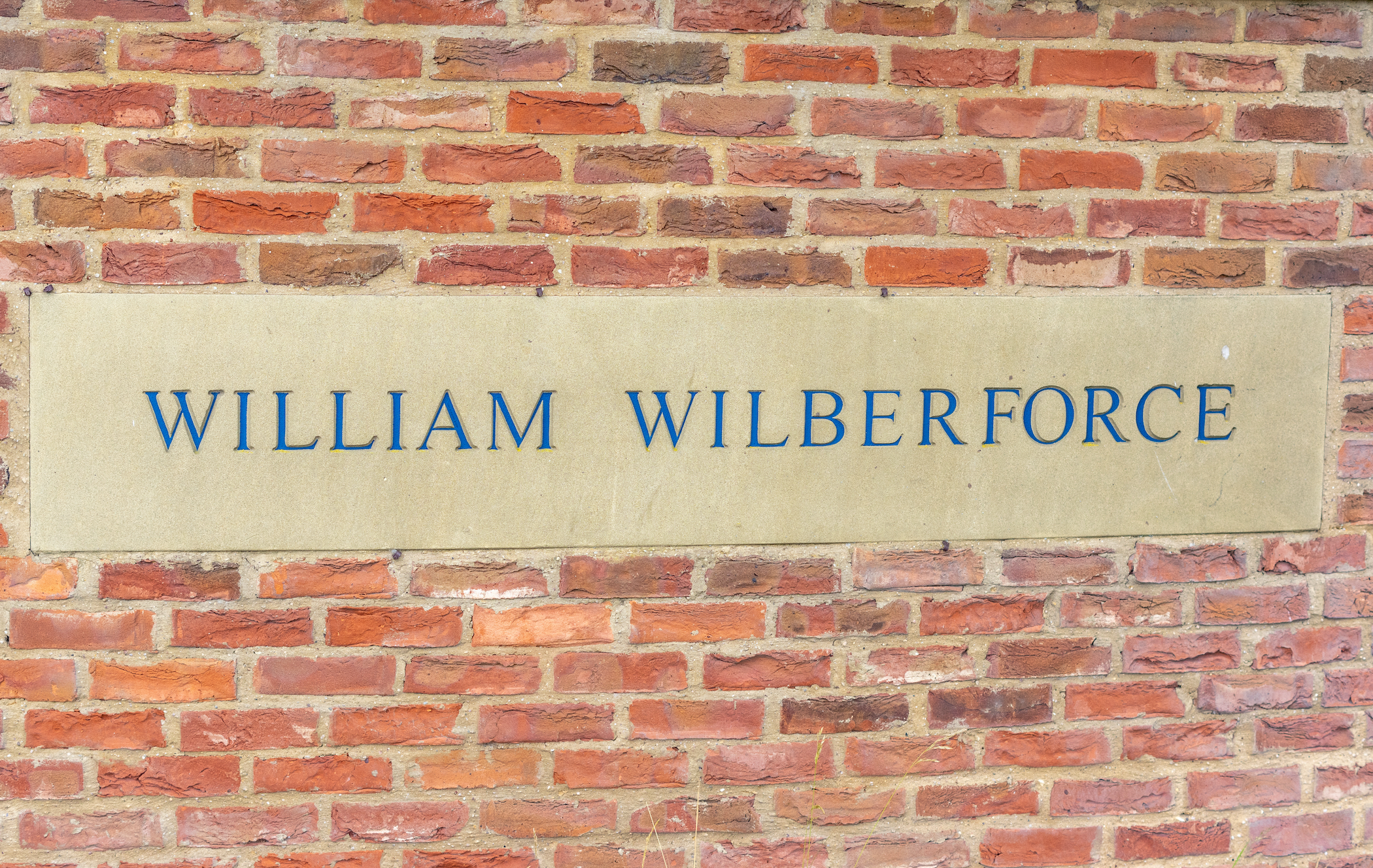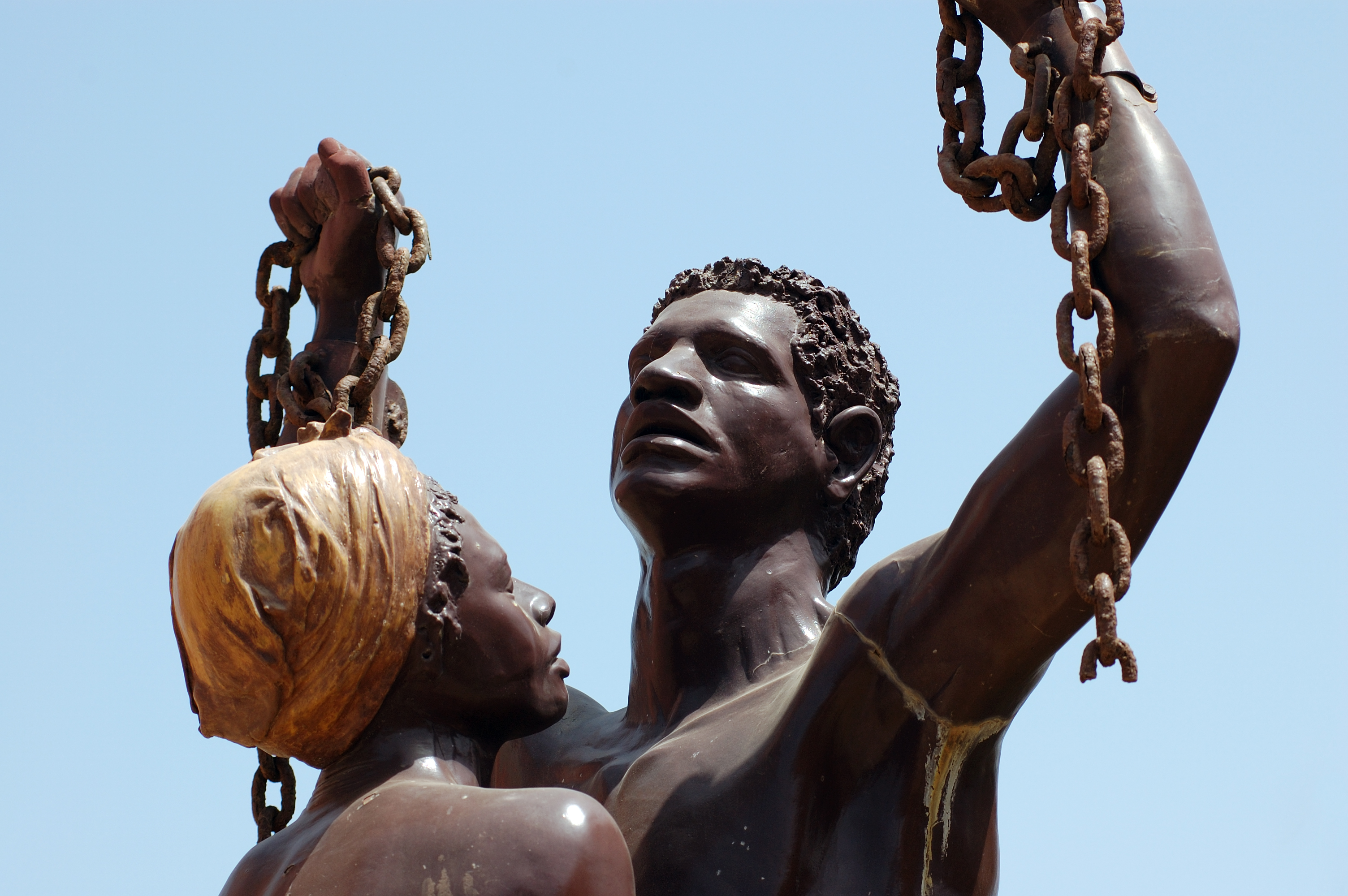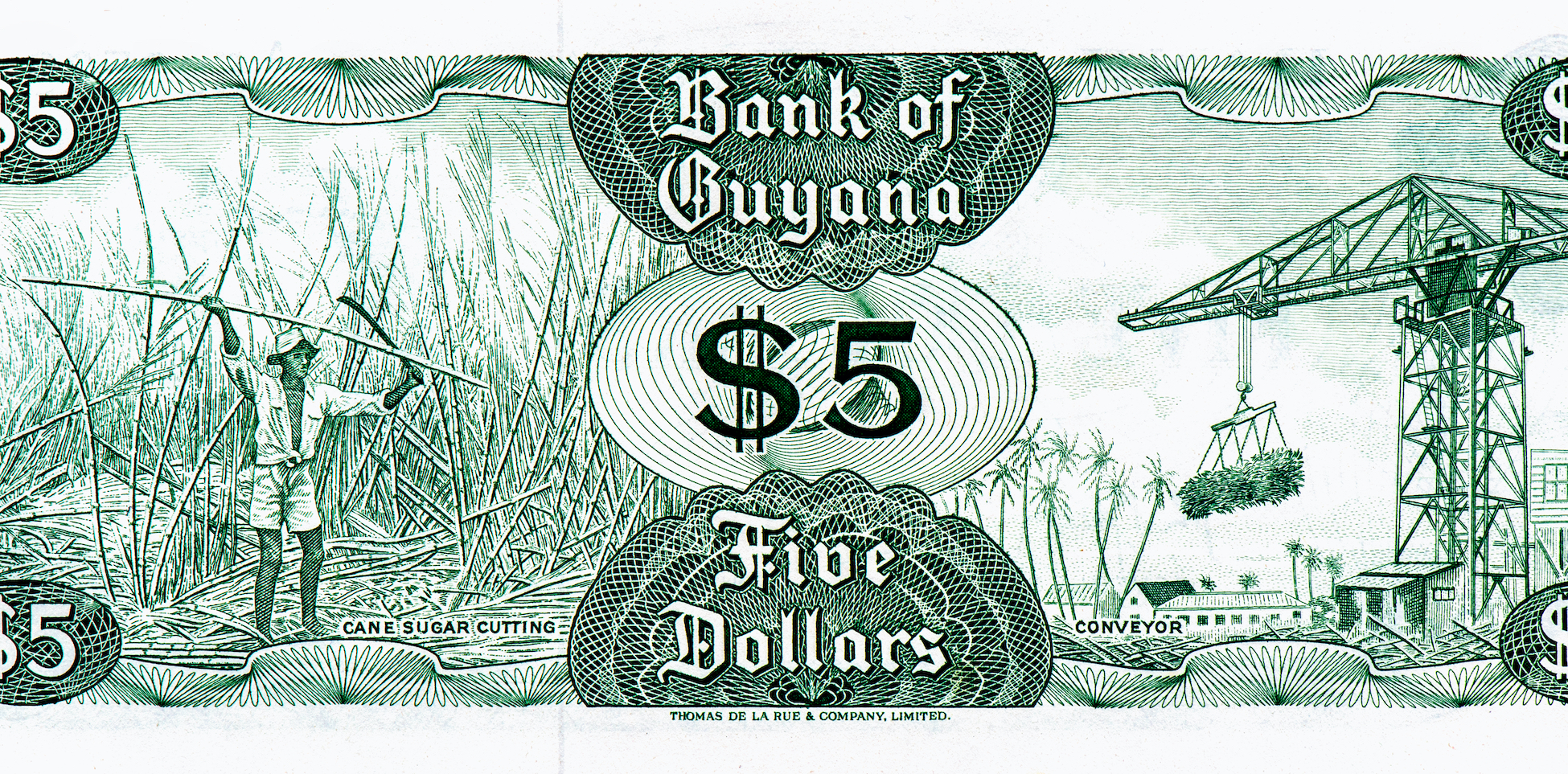You could say that the debate about the relationship between capitalism and slavery was kickstarted by the Trinidadian historian Eric Williams, a committed anti-colonialist and nationalist, who later became the prime minister of a newly independent Trinidad. He was a very important figure in West Indian history, who grew up in Trinidad and got a scholarship to Oxford in the late 1930s. He worked on a thesis on the relationship between capitalism and slavery. This was a very strange subject from the point of view of Oxford historians, who didn’t think that there was a connection.
In 1944, he left England very disappointed indeed with Oxford history and went to the United States and worked with African-American historians and others and published Capitalism and Slavery. The argument he made was against the orthodox view that it was a group of committed evangelical abolitionists led by the saintly William Wilberforce, who forced the British into a moral and humanitarian campaign against the slave trade. He argued that there was another dimension: that the forms of mercantile capitalism, which had fuelled the plantation economy in the 18th century and the early 19th century, were in decline. Consequently, industrial capitalists in England were now ready to move to a different system. Slavery and the old West Indian economy was in decline and it was the new industrial capitalist system that seemed to be the beginnings of the future – or that was indeed the future.
Criticisms of Williams
Williams showed how slavery and the sugar economy had brought great wealth to Britain in the 18th century. But the real source of attacks on Williams, particularly by US historians, was that he was quite wrong to posit any connection between capitalism and slavery and that the key to understanding abolition was indeed humanitarian endeavours. All of these debates took very little account of the other issue, flagged by Williams in Capitalism and Slavery, which was that enslaved people were very significantly involved in the defeat of slavery, particularly the great rebellion in 1831 in Jamaica – often called the Baptist War, or Sharpe’s Rebellion – which proved to many people in the metropole that slavery was no longer a very efficient system; that it would have to go and that it was morally wrong. So, for decades, Williams’s arguments about capitalism and slavery were not taken seriously. There were always people who argued for it, but they never represented the mainstream of the historical discipline.
Ten years ago, at University College London, we began a new project on what are called the compensation records. When slavery was abolished in 1833, this was the deal that was done by the government with the slave owners, who were significant both in the House of Commons and in the House of Lords.
To get emancipation through parliament, the government did a deal with the slave owners. They would be paid £20 million in compensation for the loss of their “property”, i.e. enslaved people. (It was established tradition in Britain that if the State took your property, there was compensation paid.) People argued that despite the immorality of slavery, since these slave owners had paid for captives, that value should be recognised. In addition, a period of so-called apprenticeship was established, where the supposedly unfree, now freed, people would work for free for their previous owners. All of this was, as you might say, the sugar on the pill to the slave owners. The £20 million represented an absolutely massive bailout: 40% of the State’s income that year.
An enormous bailout
The bureaucracy of the British State was developing in the early 19th century and an extraordinary committee was established to organise and document these payments of compensation. Roughly 47,000 individuals made claims on the basis of the slaves they said they owned across the Caribbean, Mauritius and the Cape. Twenty million pounds was divided between the different colonies, and different colonies paid different amounts according to how the value of an enslaved person was judged. For example, an enslaved person in Jamaica was worth less than an enslaved person in Guyana because the Guyanese sugar economy was much more productive by the 1830s than the Jamaican sugar economy, which was no longer so fertile.
The money paid out was equivalent to about £16 billion in today’s money. The only equivalent bailout which has ever taken place was that of the British banks after the financial crisis.
Who were the slave owners?
We digitised all those records and were able to establish that across the entire body of slave owners, more than 40% were women. Amongst the absentees, roughly 25% were women. This was a significant change in how we think about who slave owners were: that women were so involved in this pattern of slave ownership.
Not all the claimants were slave owners themselves. A lot of the women, for example, were annuitants. They were widows who had been left money by their husbands in the form of annuities, which were based on enslaved labour in the Caribbean. So, in that sense, they were quite distanced from the realities of slavery on the plantation. Many of them probably knew very little about where the money was coming from. An interesting aspect of slave ownership is that, by this time, a lot of it was happening at a distance.
The entire West Indian trade was a system of mercantile capitalism; of racialised mercantile capitalism. It could only operate on the basis of race – captives from West Africa being transported across the terrible death passage, the Middle Passage, to the Caribbean and then sold on to planters.
The entire system rested on credit. One of the aspects of a sugar economy is that sugar takes a long time to grow, to be harvested and then brought back to the metropole, so slave owners had to rely on credit, which they got from merchants in the metropole. Traders who sold enslaved people in the Caribbean and planters all relied on mercantile capitalism and a system of what were called bills of exchange, which operated across the Atlantic. The merchants, of whom the richest and most important were based in London, were the hub of the system. This is why we call it mercantile capitalism.
From plantations to railways
By the beginning of the 19th century, it began to seem that the sugar economy was of less interest to investors and entrepreneurs in Britain than the new sectors of the economy, which were associated with another phase of racialised capitalism: industrial capitalism. (There are many different phases and varieties of capitalism: mercantile capitalism, industrial capitalism and what we would now call financial capitalism.)
Eric Williams made the argument in Capitalism and Slavery that money from the slavery business went into industrial development. What our work on the compensation records has been able to show is that he was absolutely right and that he was also right about the 18th century: that money from the slavery business was going into the development of an infrastructure which made industrialisation possible. We’ve got examples of absentee slave owners putting money into canals, bridges and agrarian capitalism. These are all the developing forms of economic relations in the 18th century. Then, when it comes to the time of emancipation and compensation, a huge amount of money is suddenly released into the British economy.


